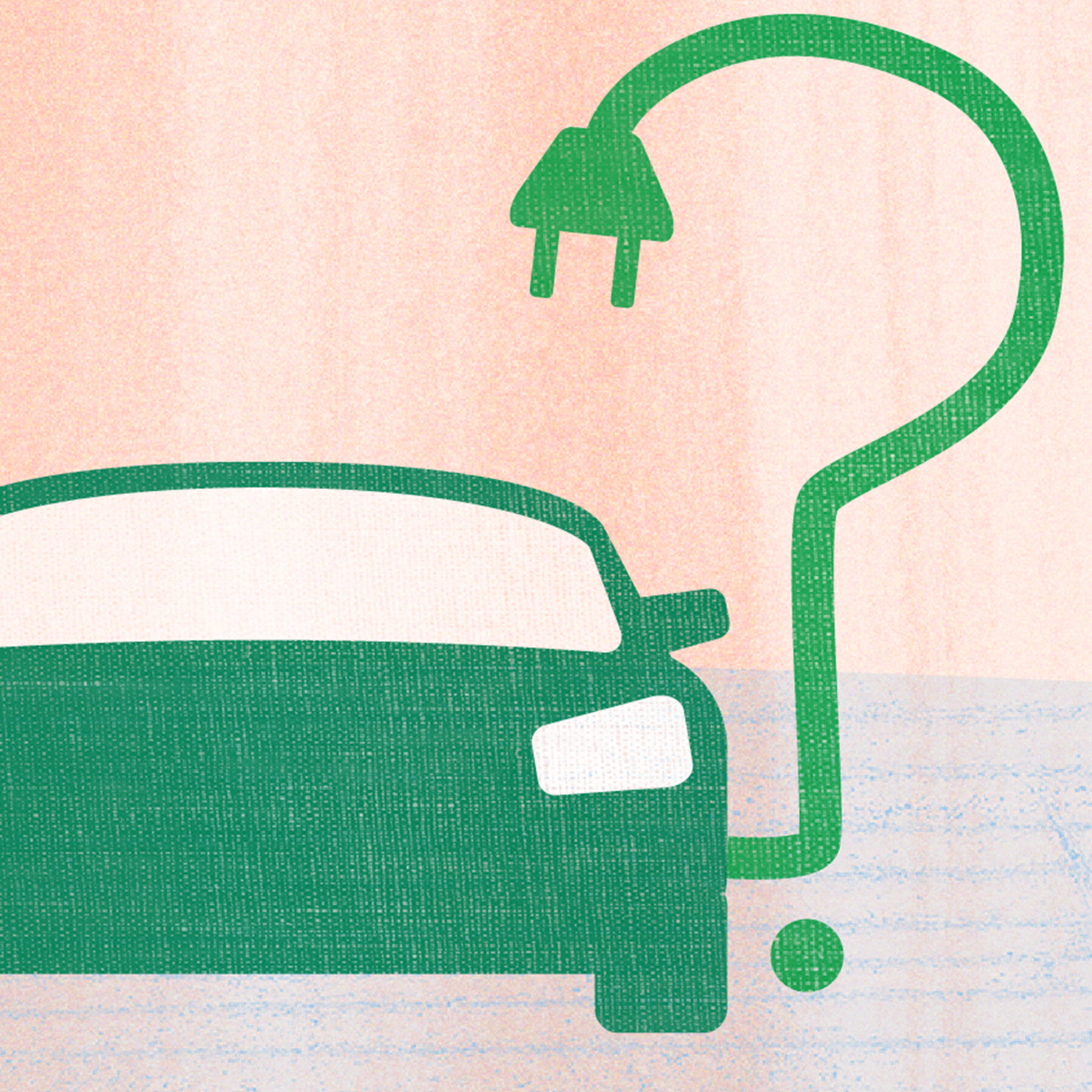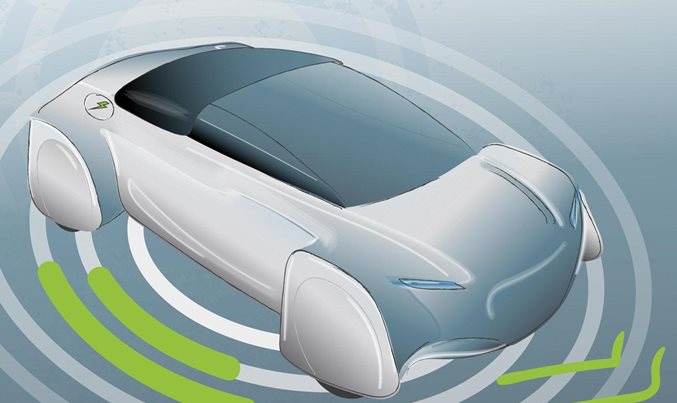Vehicle emissions control is the practice of reducing harmful pollutants released by vehicles into the environment. It involves implementing measures such as using catalytic converters, improving fuel efficiency, and promoting the use of alternative fuels to minimize carbon dioxide, nitrogen oxides, and other harmful emissions.
This helps in mitigating air pollution and its adverse effects on public health and the environment. As the number of vehicles on the road continues to rise, effective emissions control measures are crucial for reducing the carbon footprint and promoting sustainable transportation.
Governments, automotive manufacturers, and individuals all play a vital role in ensuring vehicles comply with emission standards and adopting eco-friendly practices that contribute to cleaner air and a healthier planet.

Credit: www.news-medical.net
The Impact Of Vehicle Emissions On The Environment
Vehicle emissions have a significant impact on the environment, particularly in relation to air pollution and greenhouse gas emissions. These emissions contribute to the worsening air quality and the acceleration of climate change. The release of pollutants like carbon monoxide, nitrogen oxides, and particulate matter from vehicles has adverse effects on human health.
Exposure to these pollutants can lead to respiratory problems, cardiovascular diseases, and even premature death. Additionally, the greenhouse gases emitted by vehicles, such as carbon dioxide, trap heat in the atmosphere and contribute to global warming. The consequences of vehicle emissions are far-reaching and require effective measures to minimize their impact on the environment and public health.
Strategies For Reducing Vehicle Emissions
Strategies for reducing vehicle emissions include enhancing vehicle fuel efficiency and promoting the use of electric vehicles. By improving fuel efficiency, vehicles consume less fuel and emit fewer pollutants. Electric vehicles, which produce zero tailpipe emissions, are a sustainable alternative to traditional gasoline-powered vehicles.
Additionally, implementing stricter emission standards ensures that vehicles meet specific pollution limits, encouraging manufacturers to produce more eco-friendly vehicles. These strategies collectively aim to reduce the harmful impact of vehicle emissions on our environment and public health. By adopting these measures, we can contribute to a cleaner and healthier future for our planet.
Let’s prioritize sustainable transportation solutions and work towards a greener tomorrow.
Innovative Technologies And Solutions For Emissions Control
Innovative technologies are revolutionizing emissions control, particularly advancements in catalytic converters. These devices play a crucial role in reducing harmful pollutants emitted by vehicles. Hybrid vehicles, with their combination of electric and combustion engines, are growing in popularity and significantly reducing emissions.
Additionally, the use of hydrogen fuel cell vehicles is gaining traction, with their zero-emission capabilities and long-range capabilities. Moreover, emerging technologies are being developed to further enhance cleaner transportation options. These technologies aim to decrease dependence on fossil fuels and minimize the impact of transportation on the environment.
As a result, emissions control is becoming more effective and efficient, helping to create a sustainable future for our planet. Whether it’s through the improvement of catalytic converters or the adoption of alternative fuel sources, innovation is driving us towards a cleaner and greener transportation industry.
The Role Of Government Regulations And Policies
Government regulations and policies play a crucial role in controlling vehicle emissions. National and international emission standards ensure that vehicles meet certain environmental requirements. Incentives and subsidies are provided to promote the use of low-emission vehicles, encouraging individuals and businesses to make the switch.
However, enforcement and monitoring are equally important to ensure compliance with these regulations. Stringent monitoring systems help identify vehicles that are not meeting the emission standards and take appropriate actions. Governments need to invest in effective enforcement strategies and regular inspections to ensure that all vehicles remain within the acceptable emission limits.
By implementing and enforcing these regulations, authorities can significantly reduce the harmful effects of vehicle emissions on the environment and public health.
The Role Of Individuals In Reducing Vehicle Emissions
Reducing vehicle emissions is crucial for environmental sustainability. Sustainable transportation habits play a significant role in achieving this goal. Carpooling and ridesharing initiatives encourage individuals to share rides, reducing the number of vehicles on the road. This in turn decreases overall emissions.
Regular vehicle maintenance ensures that vehicles are running efficiently, thereby minimizing pollution. Additionally, practicing eco-driving techniques such as gentle acceleration and avoiding excessive idling can greatly reduce emissions. By adopting these sustainable transportation habits, individuals can actively contribute to the reduction of vehicle emissions, creating a cleaner and healthier environment for current and future generations.
The Benefits Of Reducing Vehicle Emissions
Reducing vehicle emissions offers significant benefits, including improved air quality and public health. By minimizing the release of pollutants, we can safeguard the environment and mitigate the impact of climate change. This reduction in emissions also plays a pivotal role in creating a sustainable and resilient transportation system.
By adopting cleaner technologies and implementing stricter regulations, we can minimize our carbon footprint and ensure a healthier future for all. Switching to electric vehicles, promoting public transportation, and encouraging carpooling are just a few measures that can help us achieve these goals.
Ultimately, by prioritizing the reduction of vehicle emissions, we can create a cleaner and healthier world for future generations to enjoy.
Conclusion
Implementing effective vehicle emissions control strategies is crucial in reducing air pollution and improving overall air quality. By incorporating technologies such as catalytic converters, diesel particulate filters, and hybrid/electric vehicles, we can significantly decrease harmful pollutants released into the atmosphere.
Government regulations play a vital role in enforcing emission standards and encouraging manufacturers to produce greener vehicles. It is essential for consumers to be aware of the environmental impact of their vehicle choices and opt for vehicles that are fuel-efficient and emit fewer pollutants.
Additionally, regular maintenance and servicing of vehicles can help ensure optimal performance and emission control. By taking collective action, we can pave the way for a cleaner and healthier environment while enjoying the convenience of personal transportation. Let’s strive for a future where our vehicles not only serve us well, but also contribute positively to the world around us.






